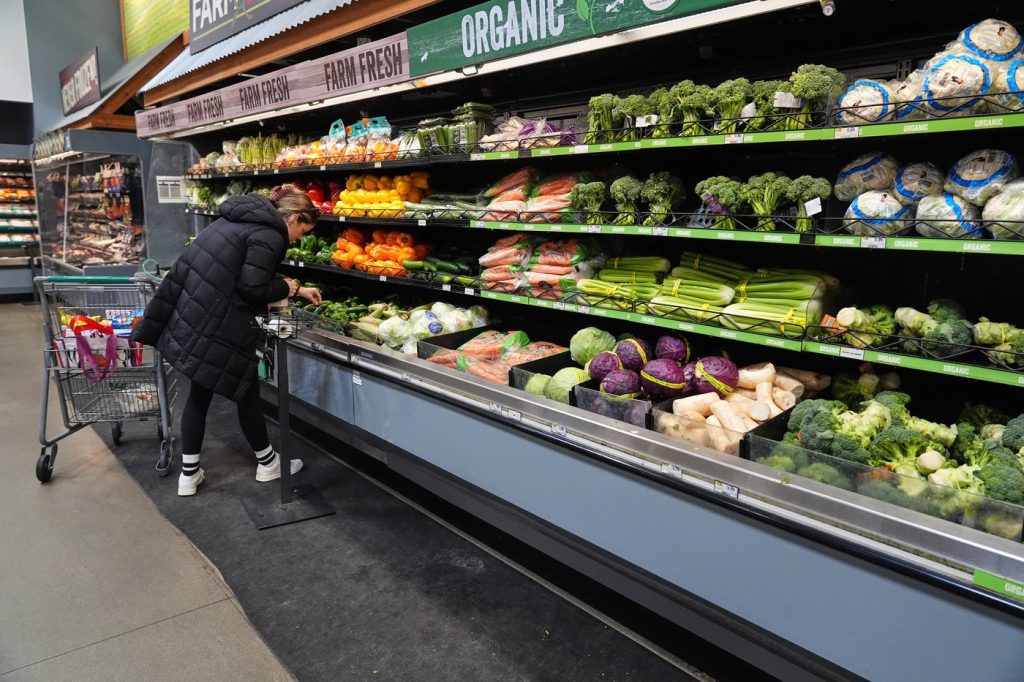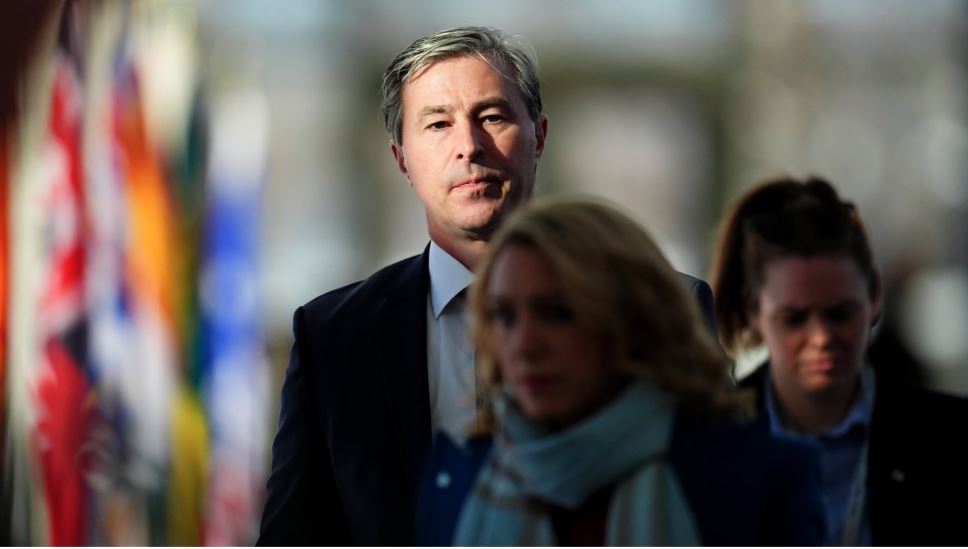With the conclusion of the longest U.S. government shutdown, state officials announced their swift efforts to issue full Supplemental Nutrition Assistance Program (SNAP) food benefits to millions of Americans, although it might take up to a week for some individuals to receive their delayed assistance. A series of judicial rulings and fluctuating policies from the Trump administration resulted in uneven distribution of November benefits across the states.
Before the shutdown's end late Wednesday, approximately two-thirds of states had only provided partial benefits or none at all. The federal food program supports around 42 million people, nearly 1 in 8 Americans, primarily from lower-income households. Beneficiaries typically receive an average monthly benefit of about $190 per person, which often is insufficient to fully cover monthly grocery expenses.
A representative from the U.S. Department of Agriculture (USDA), which oversees the SNAP program, mentioned in an email that funds could be accessible within 24 hours of the government reopening for most states. However, it remained unclear if this timeline referred to the availability of funds for states or for when beneficiaries could access the funds on their debit cards.
West Virginia, which had not provided SNAP benefits during the shutdown, is expected to distribute full November benefits to all recipients by Friday, according to Governor Patrick Morrisey. In Illinois, where the Department of Human Services had issued partial benefits, officials indicated efforts to restore full SNAP benefits, acknowledging that the process would take time. The department anticipates that remaining benefit payments will begin over the coming days, with complete disbursement expected by November 20th.
Colorado also announced a switch from partial to full SNAP benefits, with funds potentially being loaded onto electronic benefit transfer cards as early as Thursday, according to Governor Jared Polis. Missouri's Department of Social Services, which issued partial SNAP payments earlier, is waiting for further guidance from the USDA to proceed with distributing the remaining benefits but promises to act quickly once directives are received.
The halt in SNAP payments has caused notable stress for families. Lee Harris, a resident of North Little Rock, Arkansas, shared challenges faced by his family after his spouse had been laid off. While they received some help from their temple and made do with donated food, uncertainty regarding their SNAP payments added pressure to their already strained situation. Harris expressed concern about managing pantry supplies without a clear timeline for the resumption of benefits.
In an earlier communication, the USDA indicated on October 24 that it would not fund SNAP benefits for November during the government shutdown, prompting legal actions from several Democratic-led states to restore funding. A series of judicial interventions eventually mandated the administration to utilize reserve funds for SNAP, with the administration agreeing to pay up to 65% of standard allocations. However, a subsequent court order for full benefits led to swift actions by certain states to disburse SNAP funds in a limited timeframe before the Supreme Court paused the order.
During this period of federal funding uncertainty, some states opted to use their own funds to provide direct assistance to SNAP recipients or to support nonprofit food organizations. The newly enacted legislation that reopened the U.S. government provides not only for full SNAP benefits for November but also ensures funding for the entirety of the federal fiscal year, which concludes next September.
In conclusion, the reinstatement of SNAP benefits amid the cessation of the government shutdown underscores the challenges faced by millions of Americans reliant on this crucial food assistance program.










